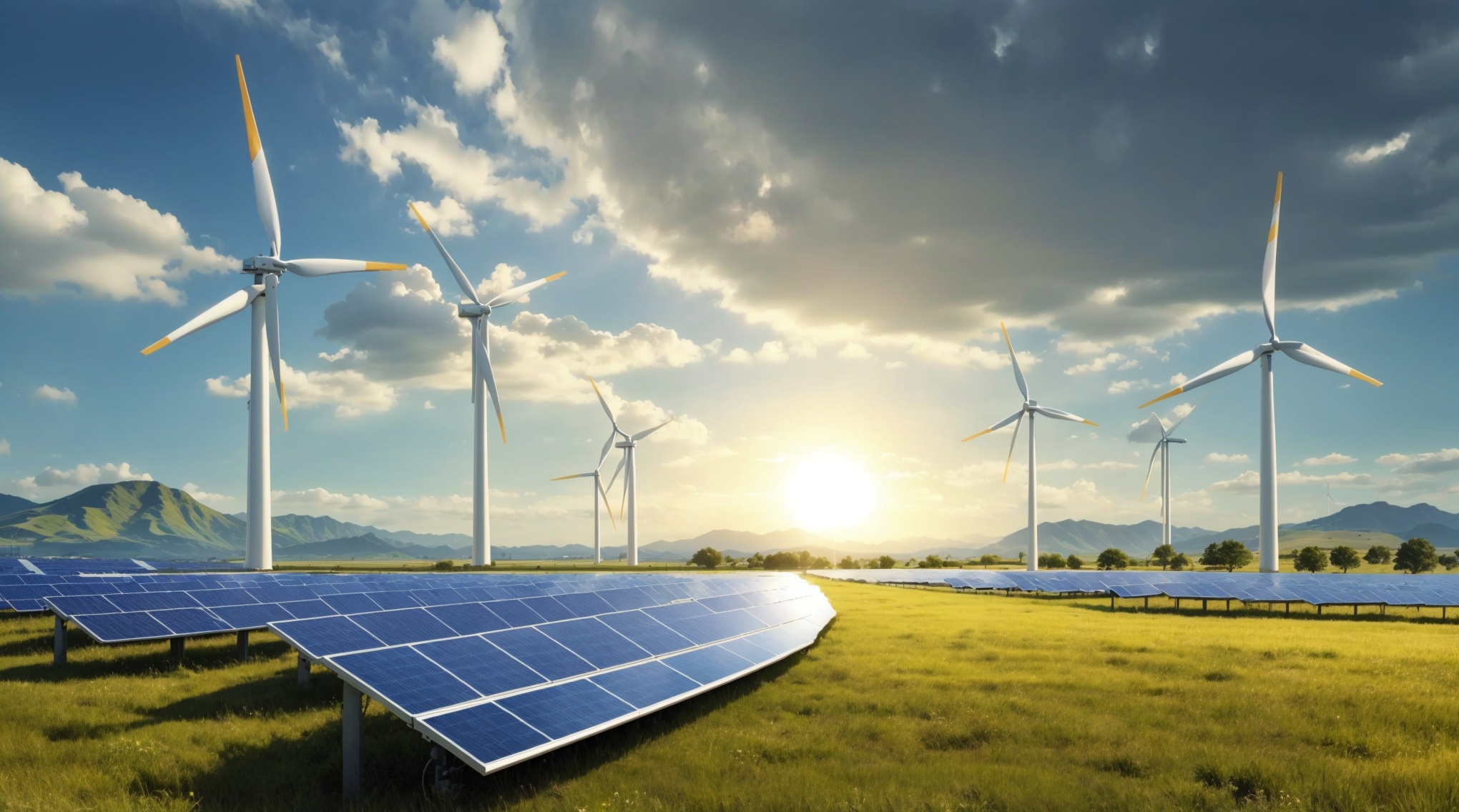In recent months, Europe has witnessed a surprising and significant economic event: negative power prices. This phenomenon, where electricity producers must pay consumers to take their power, has raised eyebrows across the continent. While it may seem counterintuitive, negative power prices are a direct result of the evolving energy landscape, particularly the rise of renewable energy sources.
Understanding Negative Power Prices
Negative power prices occur when electricity supply far exceeds demand. This situation often arises during periods of low consumption, such as weekends or holidays, combined with high levels of electricity generation. In such cases, power producers, unable to store excess energy, must pay consumers or other utilities to absorb the surplus. This is especially common in countries with a large share of renewable energy, where generation can be unpredictable.
The Role of Renewable Energy
Renewable energy, particularly wind and solar, has played a pivotal role in driving negative power prices. Europe has been at the forefront of the transition to green energy, with substantial investments in wind farms and solar panels. However, these energy sources are inherently variable—wind patterns fluctuate, and solar power is contingent on daylight and weather conditions. On particularly windy or sunny days, renewable energy production can surge, overwhelming the grid and leading to negative prices.
Countries like Germany, with its Energiewende policy, have seen negative power prices more frequently as they rely heavily on renewable sources. While this signals a positive shift towards cleaner energy, it also highlights the challenges of integrating renewables into existing power systems.
What’s Next?
As Europe continues its transition to renewable energy, the challenge of managing supply and demand will grow. To address this, the continent is exploring several strategies. Energy storage solutions, such as large-scale batteries, are being developed to store excess energy for use during periods of low production. Additionally, improving grid infrastructure and expanding cross-border energy trade are seen as vital steps to balance supply and demand more effectively.
In the long term, Europe’s energy market may need to adapt to these new dynamics, potentially shifting towards more flexible pricing models that can better accommodate the variable nature of renewable energy. While negative power prices may seem like a problem, they also represent an opportunity to innovate and build a more resilient, sustainable energy future for the continent.

